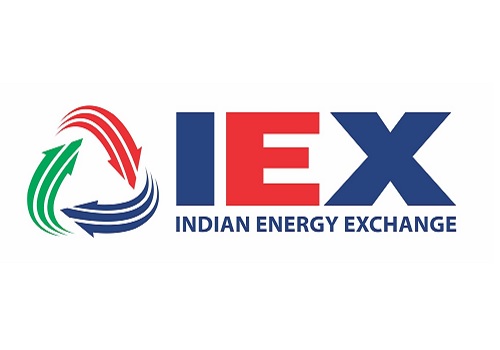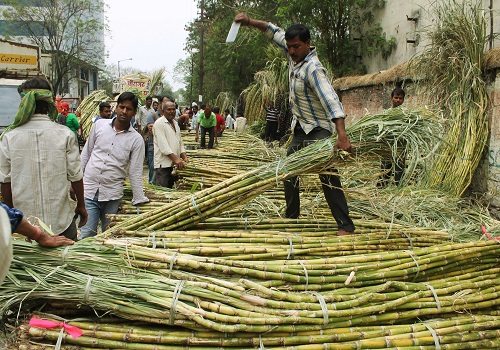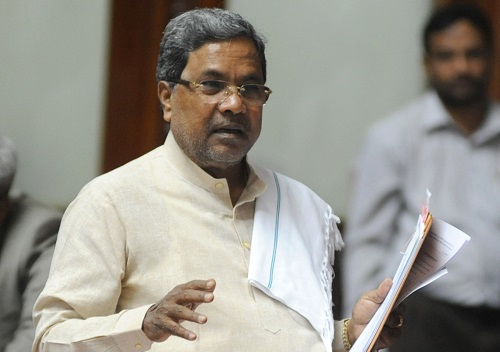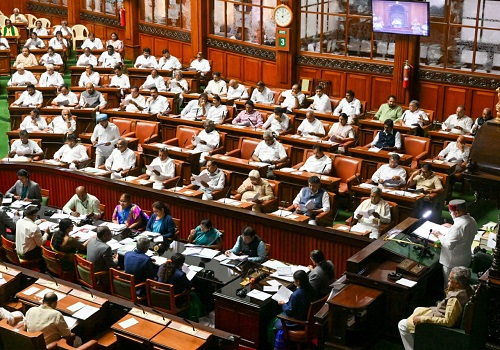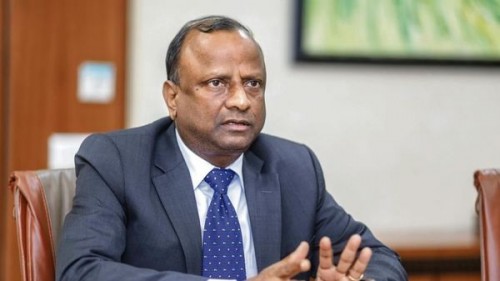Private sector infra investment is key to achieving a high growth trajectory
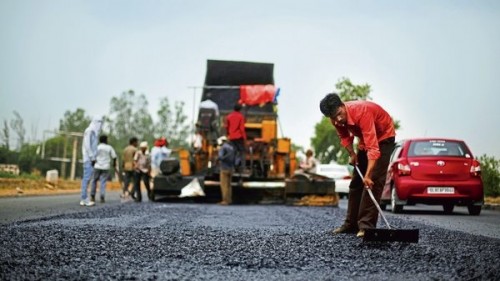
Follow us Now on Telegram ! Get daily 10 - 12 important updates on Business, Finance and Investment. Join our Telegram Channel
https://t.me/InvestmentGuruIndiacom
Download Telegram App before Joining the Channel
Now Get InvestmentGuruIndia.com news on WhatsApp. Click Here To Know More
Private investment into building a robust physical and social infrastructure is key to putting India in a high growth trajectory that will make it a $5 trillion economy by 2024-2025.
The finance ministry’s Economic Survey 2019, which captures key economic developments and also projects medium term objectives, said that private sector participation in the infrastructure space is crucial as funding cannot depend on public investment alone.
“The real challenge lies in bringing adequate private investment across the country with the collaboration of public sector. Along with physical infrastructure, provision of social infrastructure is equally important as these two would determine where India will be placed in the world by 2030," said the survey prepared by the chief economic adviser (CEA) Krishnamurthy Subramanian.
According to the survey, India needs to spend 7-8% of its gross domestic product (GDP) on infrastructure every year, which translates into an annual infrastructure investment of $200 billion. However, the country has been able to spend only about half the amount so far.
The document calls for higher flow of private capital into infrastructure as the government can only spend up to a certain limit because of fiscal constraints.
The National Democratic Alliance (NDA) in its first term consistently focused on infrastructure for improving connectivity by allocating massive expenditure for building roads, smart cities, launching schemes such as Saubhagya aiming at 100% electrification of households, housing for all, and building airports in smaller towns and cities.
The government also aimed at electrifying 100% of its broad gauge network, to reduce dependence on imported diesel. Indian Railways has already identified 38,000 route kilometre (RKM) for electrification by 2021 from 35,488RKM in April 2019.
The sector is grappling with myriad challenges pertaining to financing large projects, land acquisition and environment clearances, and high costs incurred because of delays in project implementation, despite the government’s attempt to build a robust road network in the country. Besides, less-than-expected traffic growth increases projects’ riskiness, resulting in stalled projects because of lack of funds, the Economic Survey said.
Over the last few years, the government has increased the pace of road construction by introducing several policies to deal with these challenges. These include fresh project financing models that involve government and private investment, inter-ministerial coordination, and streamlining the land acquisition process.
“The Economic Survey 2019 acknowledges the importance of public-private partnerships in addressing financing gaps in the infrastructure sector. While it refers to the need for institutional mechanisms to resolve pending disputes in a time-bound manner as one of the key areas to focus on, some other measures such as further deepening of the existing corporate bond market through suitable policies and incentives, leveraging institutions like NIIF (National Investment and Infrastructure Fund) to promote sector-specific financing platforms which aggregate projects at different levels of maturity/risks, and expanding credit guarantee facilities through partnerships with multilateral agencies would also be required," Arindam Guha, partner at Deloitte India said.


